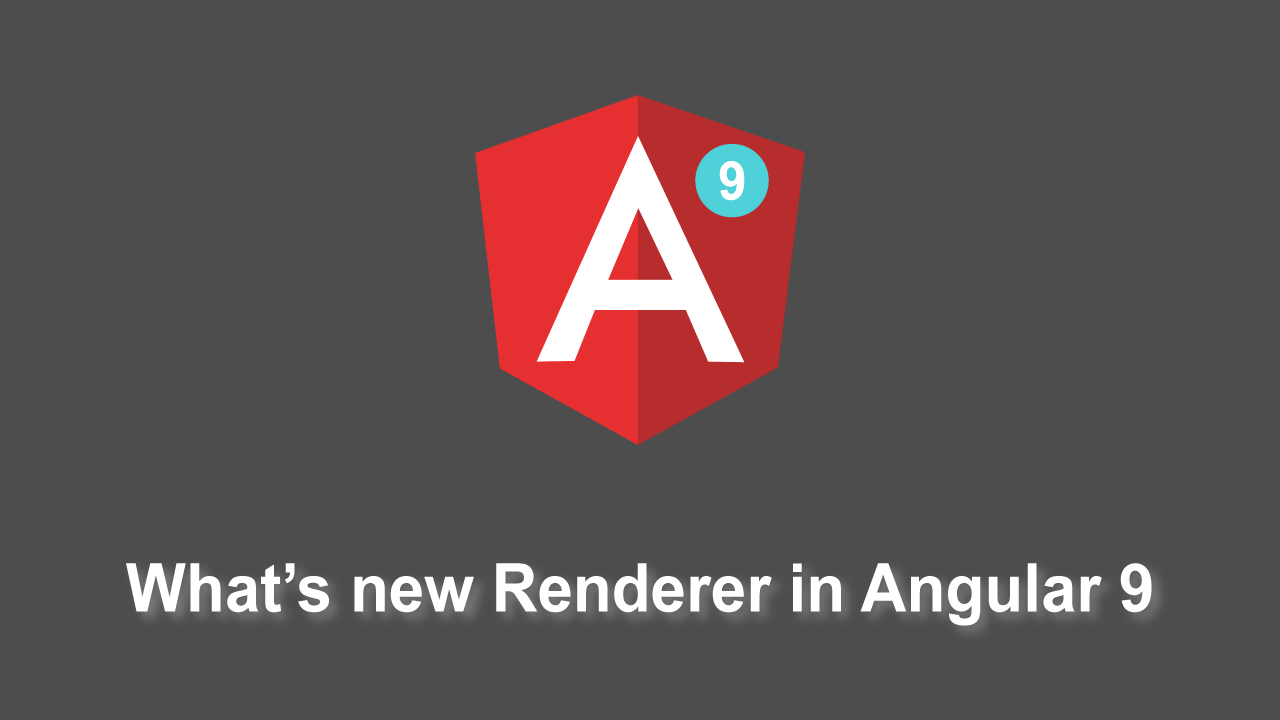Ivy is a complete rewrite of Renderer2 and significantly changes the way the framework renders our applications. In this high-level overview of the changes, Sumit will introduce you to:
- the new rendering pipeline and underlying Ivy engine
- how we can use it to create higher-order components
- the new component factories and dependency injection
- how to easily debug them
Angular 9 Renderer2
Extend this base class to implement custom rendering. By default, Angular renders a template into DOM. You can use custom rendering to intercept rendering calls, or to render to something other than DOM.
abstract class Renderer2 {
abstract data: {...}
destroyNode: ((node: any) => void) | null
abstract destroy(): void
abstract createElement(name: string, namespace?: string): any
abstract createComment(value: string): any
abstract createText(value: string): any
abstract appendChild(parent: any, newChild: any): void
abstract insertBefore(parent: any, newChild: any, refChild: any): void
abstract removeChild(parent: any, oldChild: any, isHostElement?: boolean): void
abstract selectRootElement(selectorOrNode: any, preserveContent?: boolean): any
abstract parentNode(node: any): any
abstract nextSibling(node: any): any
abstract setAttribute(el: any, name: string, value: string, namespace?: string): void
abstract removeAttribute(el: any, name: string, namespace?: string): void
abstract addClass(el: any, name: string): void
abstract removeClass(el: any, name: string): void
abstract setStyle(el: any, style: string, value: any, flags?: RendererStyleFlags2): void
abstract removeStyle(el: any, style: string, flags?: RendererStyleFlags2): void
abstract setProperty(el: any, name: string, value: any): void
abstract setValue(node: any, value: string): void
abstract listen(target: any, eventName: string, callback: (event: any) => boolean | void): () => void
}
Create your custom renderer using RendererFactory2.
Use a custom renderer to bypass Angular’s templating and make custom UI changes that can’t be expressed declaratively. For example if you need to set a property or an attribute whose name is not statically known, use the setProperty() or setAttribute() method.
#angular #angularjs #angular9
1 Likes122.80 GEEK
